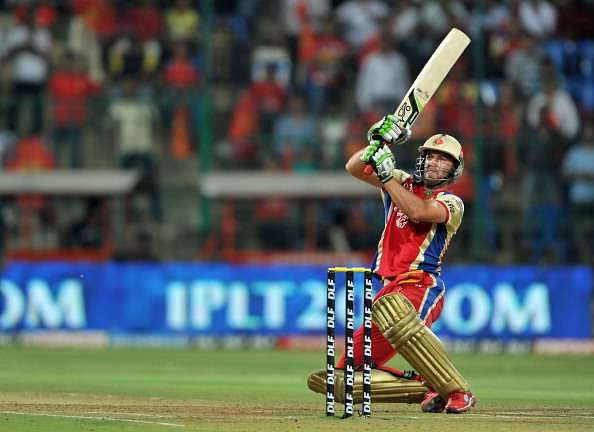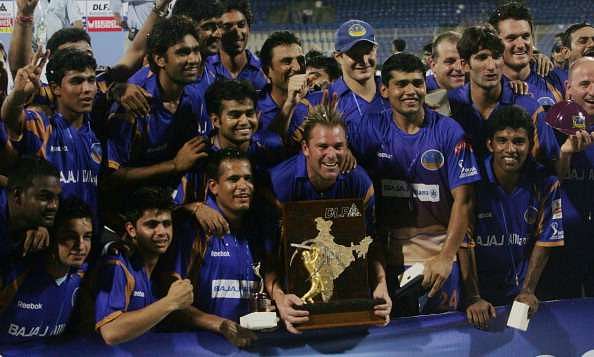
Indian Premier League (IPL): Evolution of the world's biggest cricketing extravaganza
Rewind to the 1970's – A time when all whites and cigarettes were the norms at a cricket match. When precedence was given to the finer nuances of the game and sportsmanship over inventiveness and glory. When money meant "barely" a couple of hundred dollars a week, in came a certain Mr. Kerry Packer with his brand of "pyjama cricket" and the gentleman's game was never to be the same again.
A business and media tycoon from Australia, Packer sought to increase his Nine Network’s stake in Australian sports and media by bidding for the cricket rights in the country. After being rebutted by the Australian Cricket Board (ACB), not one to give up, Packer decided to bring forward an ambitious project involving Australian players against a World XI which included some of the greats of the time like Sir Vivian Richards, Tony Greig, Imran Khan and the cream of the isolated South African side.
With brilliant camera work, a trademark of Channel Nine to this day, World Series Cricket (WSC) was born in 1977. More than the “We give a damn to the ACB” attitude of Packer and his players, it was the money that set alarm bells ringing. Cricket players were appallingly paid and in Packer’s own words, it was, “the easiest sport in the world to take over ... nobody bothered to pay the players what they were worth".
Although it was not a success, with paltry attendances and bans on participating players by their respective boards, the WSC was something of a pioneer for today’s plethora of cricketing leagues and the best of them all, the Indian Premier League (IPL).
The start
In 2007, Zee Entertainment Enterprises had just launched its own sports channel and in order to produce quality sports content, they launched the Indian Cricket League (ICL). They signed international players but mainly tapped into the Indian talent pool, which included many budding but ignored cricketers. With the ICL enjoying decent success and of course raking in the ‘moolah’, a backlash was to be expected from the apex body and it came down as a hammer blow onto the rebel league.
The BCCI, as well as the ICC, refused to recognize the league and served show-cause notices to all those associated with it. As a result, cricketing boards around the world banned the participating players and the ICL had to be called off.
But somewhere, a seed had been sown. In 1995, Lalit Modi had made a rough draft of a cricket league and had registered his company called the Indian Cricket League Limited. While it never took off then, the BCCI, in an effort to completely disintegrate the ICL, knew whom to look to. Being a member of the BCCI helped Modi to a great extent as he had his men in all the right places.
Combining his earlier registration and using the ICL as a base, in September 2007, Modi announced the Indian Premier League. In a format similar to football leagues world over, with national and international players playing in the same team coupled with the financial beef of the BCCI, it set tongues wagging. Lalit Modi had struck oil.
Money speaks
The million dollar question was what would be the teams and who would play for whom? The BCCI invited bids for the teams from companies for a period of ten years. The latter would pay a franchise fee, player salaries and state association fees and in return would receive broadcasting rights, ticket shares and a huge bulk of sponsorships.
The first season of the IPL had 8 teams, Mumbai Indians, Royal Challengers Bangalore, Chennai Super Kings, Deccan Chargers, Kolkata Knight Riders, Delhi Daredevils, Kings XI Punjab and Rajasthan Royals. Players were auctioned for a total amount of over $5 million dollars with an almost equal distribution over the 8 teams.
Most sportspersons have the best phase of their sporting lives before they hit the “grand old” age of 30. Post that dreaded number, while some age gracefully, others hit a sudden slump and never recover to be good enough for their respective national sides again. The IPL has changed all of that.
Players nearing or even post international retirement were now given a chance to showcase their skills in an equally competitive but less pressure atmosphere. Many players, for this reason, have called for an IPL window, chiefly Daniel Vettori. Here’s what the RCB coach had to say in an interview; “We hope that that window is cleared out because the guys enjoy playing here and there's financial security as well, which helps a lot.”
With players going under the hammer, transfers, huge sums of money being shelled out on individual stars and multi-million dollar sponsorship deals, cricket was never going to be the same again. The BCCI had unearthed a golden egg laying goose, the size of a T-rex.

